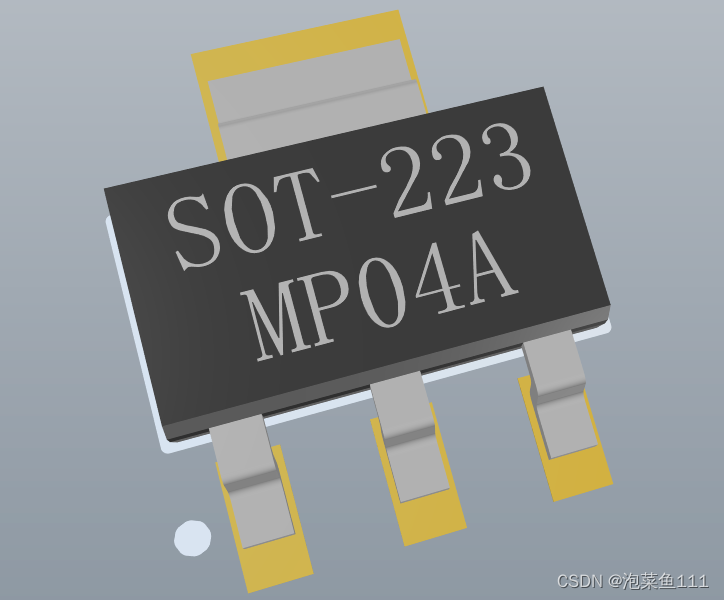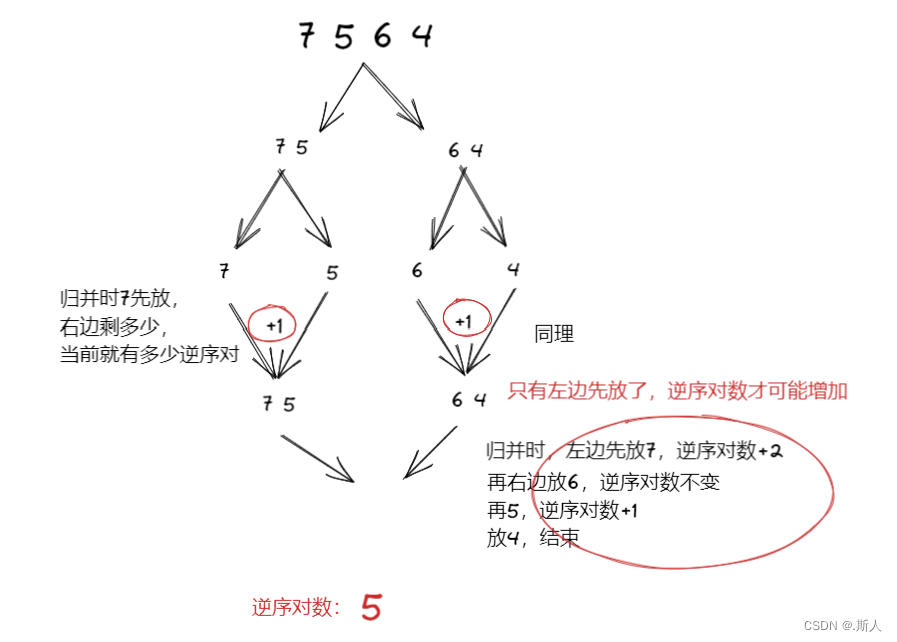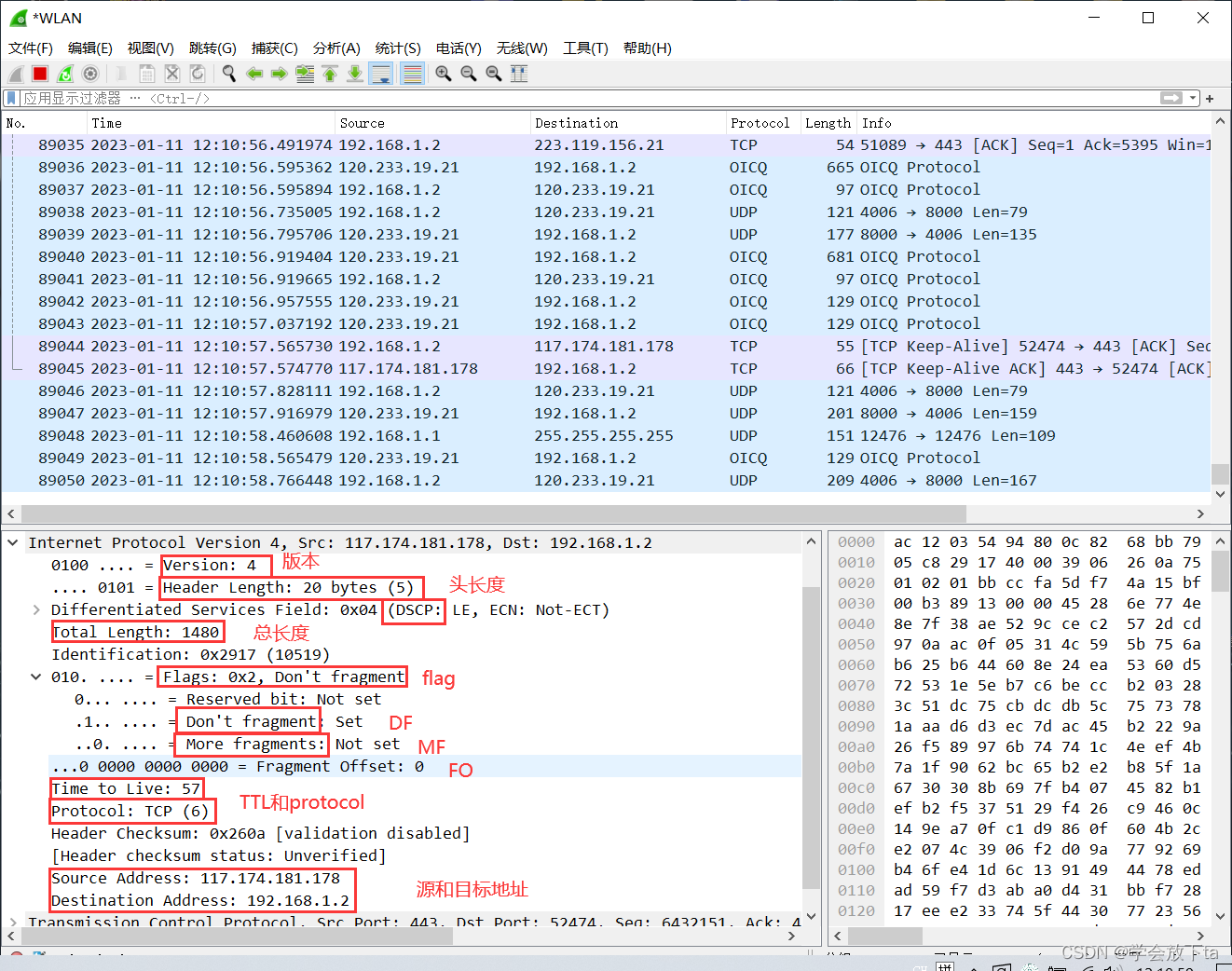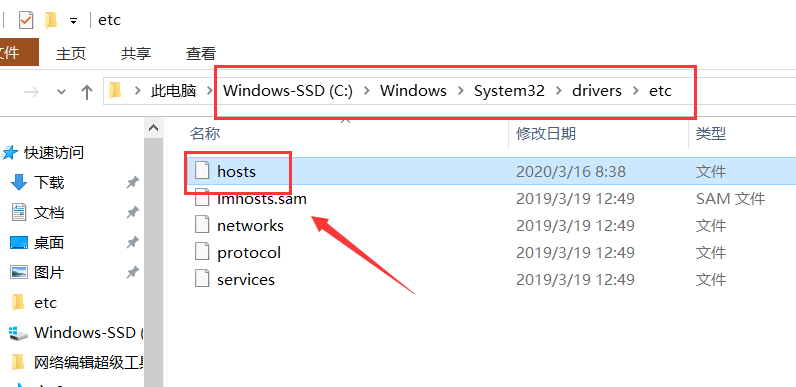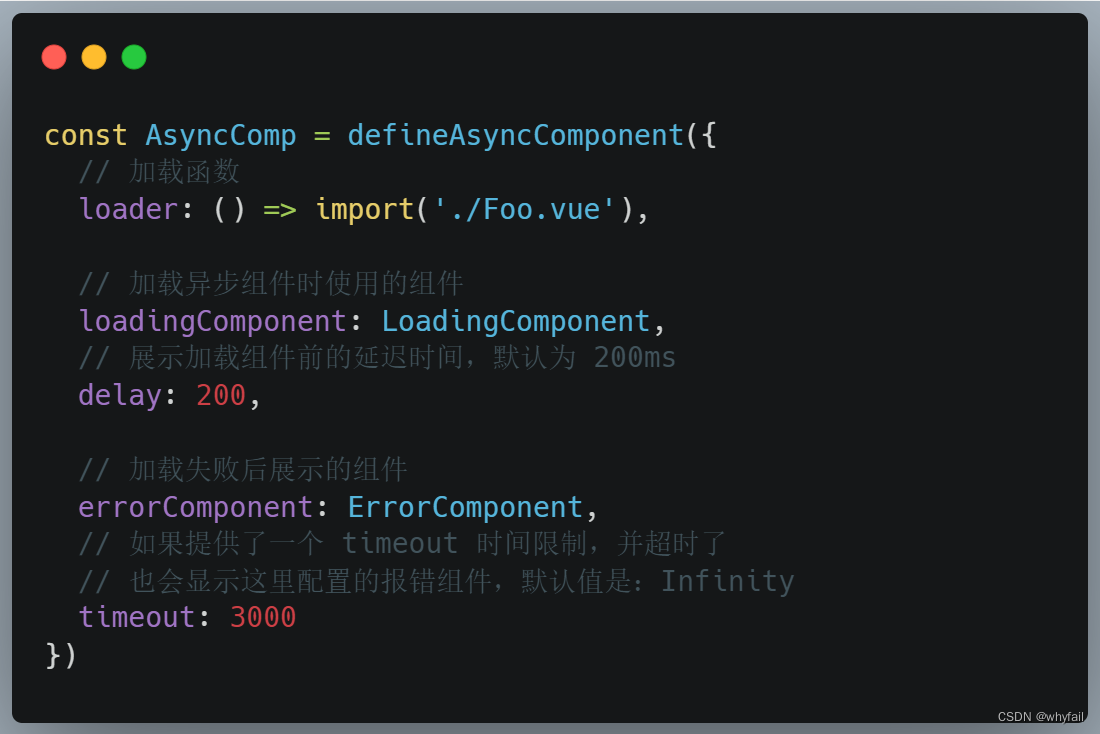目录
自动配置原理
自定义starter包
导入springboot的自动配置依赖
测试业务代码
spring.factories配置
编辑
本地包上传
使用自定义starter依赖
测试和配置
自动配置原理
基于springBoot的starter机制能够让我们在使用外部包时候非常方便,只需要引入该组件提供的starter包即可,比如在pom中引入mybatis的mybatis-plus-boot-starter依赖包,那么springboot启动时候会自动扫描所有的依赖该包下META-INF文件夹下的spring.factories把自动配置类加入容器:

在spring.factories中会指定自动配置类:
# Auto Configure
org.springframework.boot.env.EnvironmentPostProcessor=\
com.baomidou.mybatisplus.autoconfigure.SafetyEncryptProcessor
org.springframework.boot.autoconfigure.EnableAutoConfiguration=\
com.baomidou.mybatisplus.autoconfigure.MybatisPlusLanguageDriverAutoConfiguration,\
com.baomidou.mybatisplus.autoconfigure.MybatisPlusAutoConfiguration
其中MybatisPlusAutoConfiguration.java中会初始化若干的配置,在MybatisPlusProperties.class文件中,还有其他一些关于jdbc连接的条件注解;
@Configuration
@ConditionalOnClass({SqlSessionFactory.class, SqlSessionFactoryBean.class})
@ConditionalOnSingleCandidate(DataSource.class)
@EnableConfigurationProperties({MybatisPlusProperties.class})自定义starter包
测试自定义starter包,该starter包中引入springboot的自动配置依赖,配置spring.factories文件中的自动加载类,实现的功能是在测试的springBoot工程中引入自定义的starter包的pom依赖后,能够调用starter包中的某些实例方法,具体而言是读取application.properties或者application.yml的配置输出;
首先创建1个空的项目,作为自定义starter包和测试的springboot工程的父工程,添加2个子模块:

导入springboot的自动配置依赖
创建spring初始化器生成的子模块test01-spring-boot-starter,跟mybatis类似,或者直接copy,增加spring-boot-starter的依赖管理(不引入),只引入1个自动配置依赖;
<dependencyManagement>
<dependencies>
<dependency>
<groupId>org.springframework.boot</groupId>
<artifactId>spring-boot-dependencies</artifactId>
<version>2.3.7.RELEASE</version>
<type>pom</type>
<scope>import</scope>
</dependency>
</dependencies>
</dependencyManagement>
<dependencies>
<dependency>
<groupId>org.springframework.boot</groupId>
<artifactId>spring-boot-autoconfigure</artifactId>
<scope>compile</scope>
</dependency>
</dependencies>
测试业务代码
创建1个属性配置类TestProperties.java,读取application.properties中的配置:
package com.example.hello.bean;
import org.springframework.boot.context.properties.ConfigurationProperties;
import org.springframework.stereotype.Component;
@Component
@ConfigurationProperties(prefix = "test.hello")
public class TestProperties {
String prefix;
String suffix;
public String getPrefix() {
return prefix;
}
public void setPrefix(String prefix) {
this.prefix = prefix;
}
public String getSuffix() {
return suffix;
}
public void setSuffix(String suffix) {
this.suffix = suffix;
}
}创建业务代码,实现模拟的业务需求,它使用上面的配置类读取配置做业务处理(直接输出);
package com.example.hello.service;
import com.example.hello.bean.TestProperties;
import org.springframework.beans.factory.annotation.Autowired;
public class HelloService {
@Autowired
TestProperties testProperties;
public String sayHello() {
return testProperties.getPrefix() + "<---- say hello --->" + testProperties.getSuffix();
}
}再创建1个自动配置类TestAutoConfiguration.java,该类将被写入spring.factories中作为自动配置类在后面的测试springBoot工程启动中被扫描到IOC容器,该配置类将把上面的service服务实例化;
package com.example.hello.config;
import com.example.hello.service.HelloService;
import org.springframework.boot.autoconfigure.condition.ConditionalOnMissingBean;
import org.springframework.context.annotation.Bean;
import org.springframework.context.annotation.Configuration;
@Configuration
@ConditionalOnMissingBean(HelloService.class)
public class TestAutoConfiguration {
@Bean
public HelloService makeHelloService(){
return new HelloService();
}
}spring.factories配置
在\resources\META-INF下创建spring.factories文本,指定当前测试stater包中的配置类:
org.springframework.boot.autoconfigure.EnableAutoConfiguration=\
com.example.hello.config.TestAutoConfiguration工程目录如下:
本地包上传
以上就完成业务逻辑,使用pom的clean+install命令把该starter工程上传本地,其他程序可以直接通过pom引入;
使用自定义starter依赖
再创建1个子模块test-my-project,作为真正的依赖上面的业务代码实体,它是个web应用:

编辑其pom依赖如下,这里的重点是test01-spring-boot-starter的依赖工程,是我们上面本地上传的包;
<dependencyManagement>
<dependencies>
<dependency>
<groupId>org.springframework.boot</groupId>
<artifactId>spring-boot-dependencies</artifactId>
<version>2.3.7.RELEASE</version>
<type>pom</type>
<scope>import</scope>
</dependency>
</dependencies>
</dependencyManagement>
<dependencies>
<dependency>
<groupId>org.springframework.boot</groupId>
<artifactId>spring-boot-autoconfigure</artifactId>
<scope>compile</scope>
</dependency>
<dependency>
<groupId>org.springframework.boot</groupId>
<artifactId>spring-boot-starter</artifactId>
</dependency>
<dependency>
<groupId>org.springframework.boot</groupId>
<artifactId>spring-boot-starter-web</artifactId>
</dependency>
<dependency>
<groupId>com.example</groupId>
<artifactId>test01-spring-boot-starter</artifactId>
<version>0.0.1-SNAPSHOT</version>
</dependency>
<dependency>
<groupId>org.springframework.boot</groupId>
<artifactId>spring-boot-starter-test</artifactId>
<scope>test</scope>
</dependency>
</dependencies>
测试和配置
当前工程的application.properties写入以下配置:
test.hello.prefix = prefix
test.hello.suffix = suffix直接使用注解使用starter包中的HelloService这个bean,它将在启动时候被IOC实例化;
@RestController
public class HelloController {
@Autowired
HelloService helloService;
@GetMapping("/hello")
public String sayHello(){
return helloService.sayHello();
}
}输出正常表明测试的starter包被成功引入,并且实现了业务代码的类被IOC实例化,在真实的工程中可以直接调用。


